Before I made the switch to digital video in 2005 I was a still photographer. My cameras weren’t digital, they used film.
For those of you that may have never used film let me give you an idea of the workflow.
35mm photography film came in small canisters, usually with enough unexposed film in them to shoot 36 images. Yep, that’s it 36 images. A roll of Lumiere X from Kodak would cost me about $12 for a 36 exposure roll. Going on a big trip to say Yellowstone, I’d order about 100 rolls to take with me.
Film in those days was kind of like a banana in that as it aged it would shift color slightly. So Lumiere X which was a professional film was kept refrigerated. as it was shipped to photographer at its peak of “ripeness”.
When I’d go out on trips I’d pack my film in a cooler to keep the film at its peak so that roll after roll would be consistent.
Film is light-sensitive, you would expose each image to light in your camera then when you were done with the roll you needed to wind the film back into its light-proof canister and send it off for processing.
There was a local lab that would process my slide film for about $8 a roll. The only thing was that I had to wait until I returned home to get it processed. So I had no clue if any of the images turned out until after I had left and returned home.
So How Did Slide Film Make Be a Better Filmmaker?
Each image I took with slide film cost me roughly fifty cents and each roll of film was non-reusable. On top of that I had no idea if an image turned out or not until I had it processed, days or weeks after the grizzly bear had been in front of my camera.
I needed to make sure that when I pressed the shutter, I had a pretty darn good idea what the image would look like. So how did I do that? I kept a logbook for a long, long time of every image I took. What the shutter speed was, what the aperture was, every detail I could think of it went down in the log for each image.
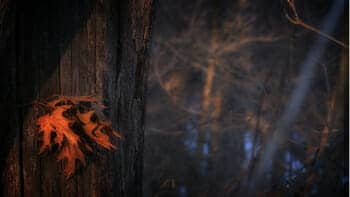 When my slides were processed I’d lay them out in order on a light table and taking a loupe I’d go over every one comparing it to the log I had written down.
When my slides were processed I’d lay them out in order on a light table and taking a loupe I’d go over every one comparing it to the log I had written down.
It was a tedious process but by comparing the log with the slide I could determine what worked and what didn’t. The more I did this the fewer slides I had to throw away and my percentage of keepers steadily increased. Eventually I stopped logging my shots.
In 2005 when I switched from still photography to digital video I already had all that knowledge that carried over from film photography. I knew how opening and closing the iris (aperture) would affect the shot.
But probably the most important thing I brought over from my still photography days and all those slides I shot was to have my shot composed and my camera settings set before I ever hit the record button.
At fifty cents a slide I couldn’t afford to just point the camera at something and hope it turned out. Even today I have everything set before I ever hit the record button.
So How Can You Learn From Your Mistakes In A Digital World?
When I get back from the field the first thing I do after I clean all my gear and stow it away for the next shoot is review all the footage. It’s important to review all the footage, even the ones that aren’t keepers to find what worked and what didn’t. You can get a rough idea when you’re looking at the LCD screen in the field but nothing really beats looking at your footage on a big monitor.
Don’t rush to drag a bad shot to the recycle bin. Really study it and figure out what went wrong, what didn’t you like, what you could have done to improve the shot. If you do this on a consistent basis you will find that the number of bad shots will steadily decrease.
I think you can learn more from your bad shots than you can from your good ones. Give it a shot and let me know how it works for you.
And as always, shoot the ordinary and make it extraordinary!

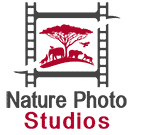
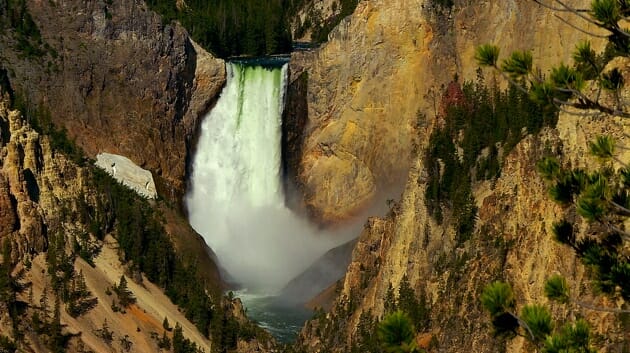

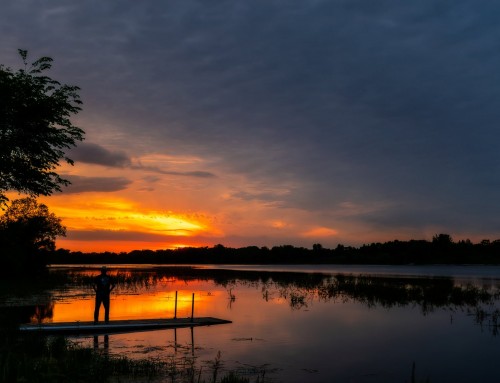
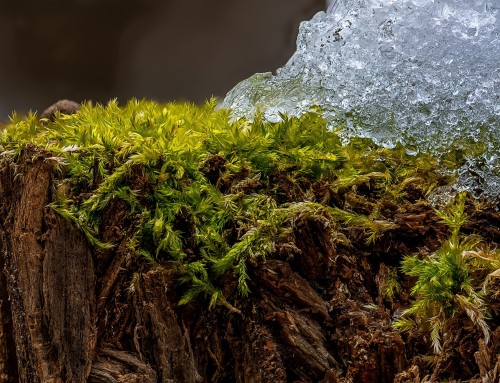


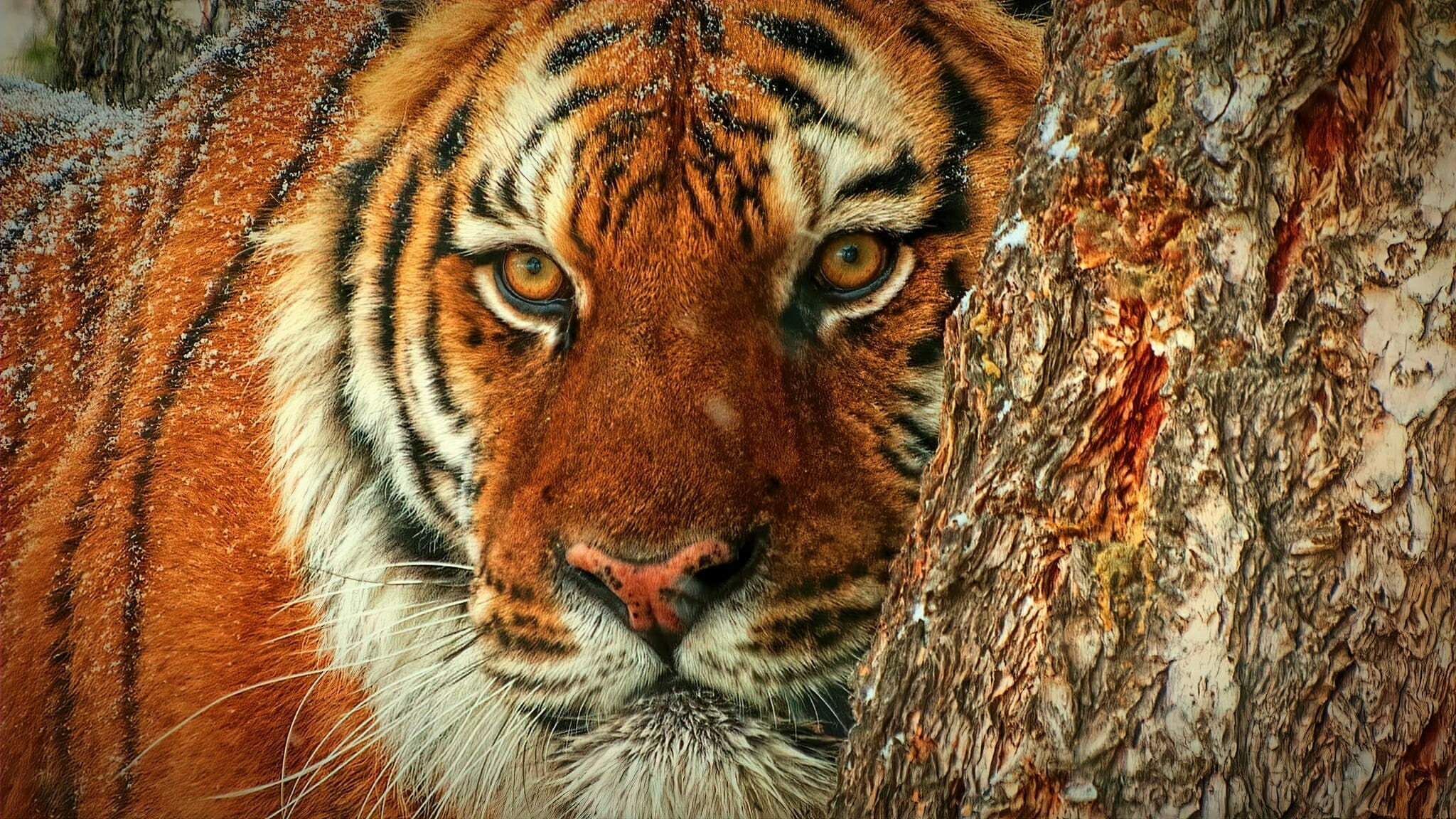
Ah, film. I still shoot film every now and then but it’s so darn expensive I do it only when I’m feeling particularly artsy. 🙂 There’s a quote that says something like if you’re not prepared to be wrong, you won’t come up with anything original. Mistakes are great lessons and they mean you’re working on your craft.
Ana,
I love making mistakes because it means I’m growing. Always trying new things to raise my personal bar on what I can do with my camera.
I wonder how many places around me still process E6 film? I have a freezer full as well as a few bricks of Kodachrome 64 that can no longer be processed. Not sure why I’m keeping it. Maybe it’ll be a collectors item some day. 🙂
Thanks for the comment! I really appreciate!!
Oh how I remember those old film canisters and also 35mm film. I have used them but I was not and would never be a good photographer. I do ok now. But I also only use a quick shot camera as I am still working towards building my online business and what money I do make goes to build the business more. Once I get a good steady income I will go out and get a better camera as I do like taking pictures of nature.
All The Best
Edward Habethur
Edward,
I still have a freezer full of 35mm film. I imagine there are fewer places every year that I could get it processed.
I should shoot a roll or two and see if I still have it or not. 🙂
Thank you for taking the time to comment! I truly appreciate it!